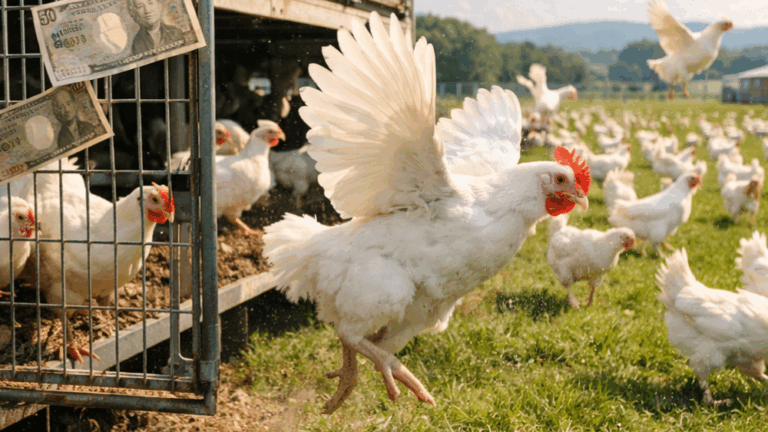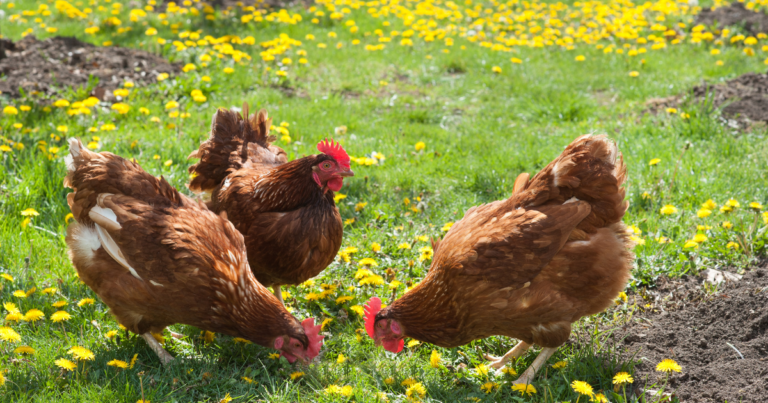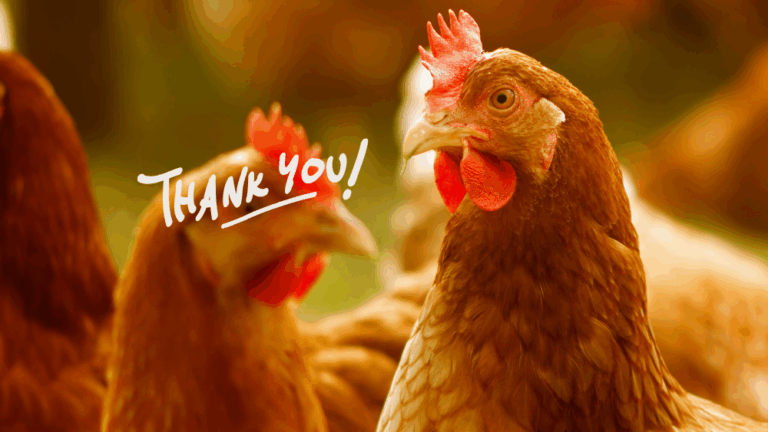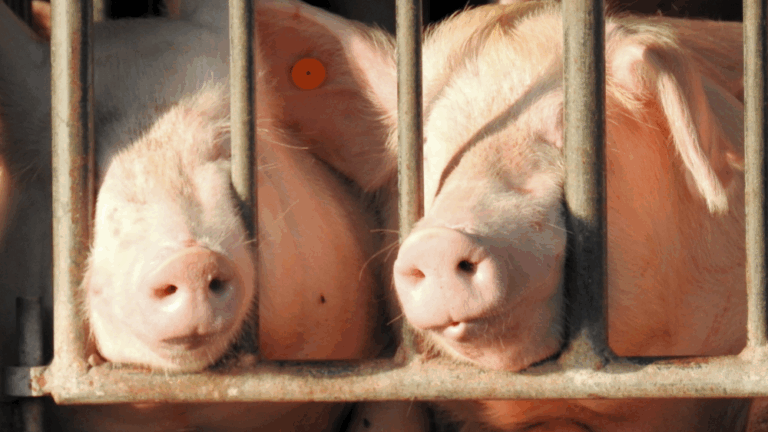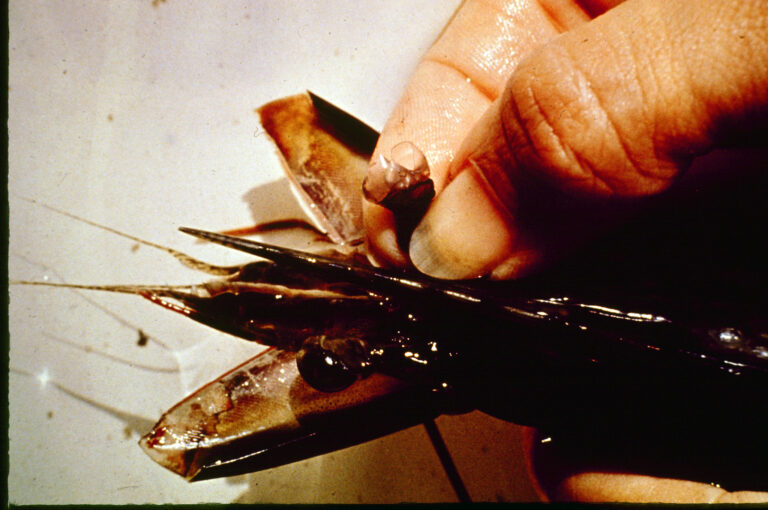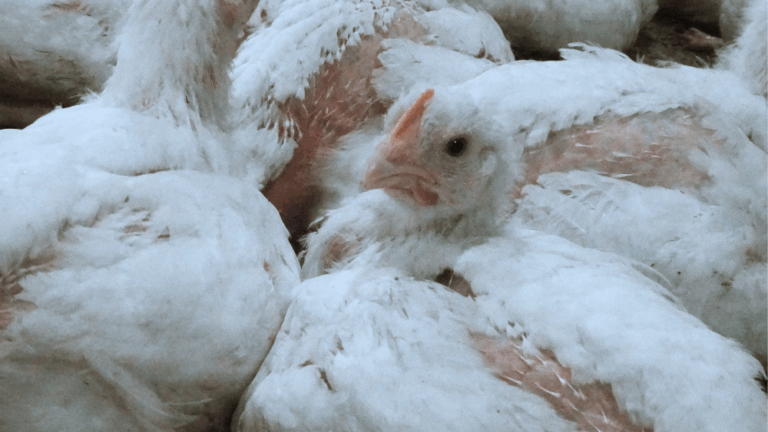The avian flu is raging and companies are being forced to stop producing and selling egg products. This seems to be a major opportunity for food companies to learn about the risks of livestock production for the first time since the mad cow disease.
The current avian influenza pandemic is one of the H5N1 subtype A influenza viruses, which mutated into a highly pathogenic strain in 2003 and is potent in several ways.
Development of Avian Influenza
Avian influenza is a type A flu that infects humans, pigs, and many other animals, all of which come from birds. Originally circulating in waterfowl as a natural host, the virus has infected poultry, then humans, then pigs, causing a pandemic. Influenza is a member of the Orthomyxoviridae family, which includes the pandemic Spanish flu that killed the largest number of people in the world, the Asian flu that killed 1 to 2 million people in 1957, the Hong Kong flu that killed 500,000 people in 1968, and the swine flu that killed 15 to 500,000 people in 2009 was also an avian flu.
Originally, the influenza viruses carried by waterfowl were low pathogenic, non-lethal, attenuated viruses. It was transmitted to poultry, and because poultry are usually intensively bred, the virus met and spread to many hosts in a short period of time, became highly virulent, and mutated into highly pathogenic avian influenza with a high degree of lethality. This mutation has caused pandemics in birds in the past that were far more devastating than those in humans.
From 1959 to 2019, 42 mutations from low pathogenic (LPAI) to highly pathogenic (HPAI) have occurred, of which 38 have been eradicated and the remaining 4 are still infectious*1 *2. H5N1, which has now spread to birds around the world including Japan, has moved from the previous avian influenza to the next phase of infection.
The highly virulent virus H5N1
The H5N1 mutation was first identified in 1996 on a goose farm in southern China (A/goose/Guangdong/1/1996). The following year, the disease spread to poultry and then to humans, killing six people. 2003 saw another outbreak in China and other countries, spreading throughout Asia and to poultry farms in Africa, the Middle East, and Europe. 2005 saw the spread to Japan, killing about 5.8 million chickens*3. At this point, the H5N1 virus had already split into multiple genetic lineages, and the virus then developed in poultry and wild birds by repeating the last issue with other influenza genes.The H5N8 subtype emerged in 2014, followed by the H5N6 subtype in 2016, and the H5N8 subtype was the predominant strain in Japan from 2014 to 2021. Finally, the H5N1 subtype, belonging to the currently prevalent 2.3.4.4b clade, was newly identified, causing unprecedented wild bird deaths and poultry genocide.
Avian influenza is a virus that has been circulating in waterfowl, then mutated from low pathogenic to highly pathogenic by infecting poultry (chickens and geese), and then the highly mutated highly pathogenic avian influenza back-flowed into wild birds, which in turn back-flowed into highly pathogenic wild birds, further spreading the infection worldwide, and causing the absolute spread of the virus in poultry in factory farms. The highly pathogenic wild birds that are then passed back to the wild birds further spread the infection worldwide, and the poultry in the factory farms spread the virus in absolute terms. In the process, the virus has repeatedly reassociated with various types of viruses and mutated.
This is how the H5N1 subtype has developed since its inception in 1996, and now it is taking a new turn.
There is no turning back now
The tipping point, the point at which there is no turning back, was probably crossed around the time this H5N1 subtype appeared.
The virus will no longer be eradicated. More than 70 billion birds are produced and killed each year worldwide, a number that is beyond the control of man or nature. The increased damage to wild birds, not to mention poultry, will lead to changes in biodiversity and the environment. In addition, although bird flu is always blamed on wild birds, we must not forget that wild birds are one-sided victims and that this is an artificial destruction caused by livestock production, i.e., the human desire for cheap meat and eggs and lots of them.
People began raising chickens as early as 8000 B.C. In the 100 million-year history of raising chickens, there were no outbreaks of highly virulent avian influenza until 100 years ago, when poultry production was modernized and many chickens were raised intensively. As factory farming has developed, highly virulent avian influenza has increased, and outbreaks are now a constant occurrence. Now, outbreaks do not even stop during hot weather.
We can no longer put the brakes on. (We humans don’t even have the brakes on it yet…)
And once a virus has developed, it can no longer be restored to its previous state.
Relationship with Animal Welfare
It is difficult to prevent the transmission of the virus itself. We are all well aware of this, having witnessed the outbreak of the new coronavirus over the past three years.
But we are also well aware that whether or not the virus kills the animal depends on the animal’s individual condition. A person who is sick or in a frail state, such as an elderly person, will be greatly affected by the virus and become severely ill unless he or she has antibodies. The same is true of the influenza virus.
We would like to summarize the relationship with animal welfare here. As mentioned above, infection occurs regardless of whether animal welfare is high or not. However, there are several factors that favor the rearing of animals with high animal welfare.
Avoid overcrowding
The speed of transmission within that farm will vary. In cage-raised egg-laying poultry farms and broiler chicken farms, infection spreads quickly because they are very overcrowded.The situation is the same in cage-free farms if they are overcrowded. Farms with high animal welfare have conditions that avoid density, such as about one bird per square meter.
They are resistant because they can exercise
Everyone knows that exercise is an important factor for good health. As it is. So, if the immune system is strong, the disease is less likely to be severe, although, unlike humans, chickens are killed when the infection is detected, which may diminish the association.
There is sunshine
Sunlight inactivates the influenza virus, making it less likely to become airborne outdoors during the day on sunny days*5. Exposure to sunlight produces vitamin D, which helps prevent acute respiratory infections*4.
Avian Influenza Prevention Lie
There are many misconceptions. Some people say, perhaps by deliberate theoretical misdirection, that cage-free hens are more susceptible to avian influenza, or that natural light makes them more susceptible, which are baseless and unscientific.
While it is necessary to maintain the highest possible level of animal welfare, and furthermore, to take measures to prevent contact with the virus as much as possible, a surprisingly large number of people claim that density is not a problem by eliminating windows and confining animals to cages and keeping them away from natural conditions.
The Japanese government’s stated measures against avian influenza are based on “isolation from the virus, disinfection, and cleaning,” but what they are actually doing is “sealing and disinfection.
Isolation from the virus seems to be quite difficult, and no method is currently known.
The routes of transmission of the avian influenza virus include feces from infected birds, wild birds (migratory birds such as ducks), humans, cats, and rodents (aerosol transmission is also possible, but long-distance transmission is not known*6). The Ministry of Agriculture, Forestry, and Fisheries (MAFF) has published epidemiological studies every time, but in the end has not been able to identify the cause of the disease. The government, which no longer knows how to do this, is not quarantining the chickens, but sealing them up. They are sealing them up in windless and semi-windless coops, which do not have a single window and do not allow any natural light into the coops. However, there is no evidence or track record of preventing infection.
In the avian influenza pandemic (fall 2020 to spring 2022), there were 42 outbreaks in egg-laying chicken farms, 29 of which were windless and semi-windless poultry houses, and 4 of 21 broiler chicken farms were semi-windless poultry houses (the results of this season’s survey are not yet available). As the results show, there is no relationship.
The UK’s avian influenza prevention guidance reminds us that “If you have to keep birds indoors due to an outbreak of the disease, manage their housing and wellbeing” and instructs us on how to ensure animal wellbeing in a scrupulous manner. This includes, of course, letting in natural light whenever possible and avoiding densely packed areas.
After all, can avian influenza be prevented?
As you have probably realized by now, avian influenza cannot be prevented, at least not by factory-style animal agriculture, and it will continue to grow in a big way. The only way left, we believe, is to keep the animals in captivity at natural herd numbers.
Chickens live in groups of 3 to 15 birds, and at that level of numbers, their natural behavior is maximally expressed. And since chickens can memorize the faces of 100 animals, the maximum number of contacts should be kept to this level.
Unfortunately, even the cage-free approach we advocate on a daily basis will not prevent avian influenza. Cage keeping, a system that debilitates animals both mentally and physically over a long period of time, is out of the question…
The root cause lies in animal husbandry, which is so far removed from nature, that there is no other way but to move away from it. We hope it is not too late.
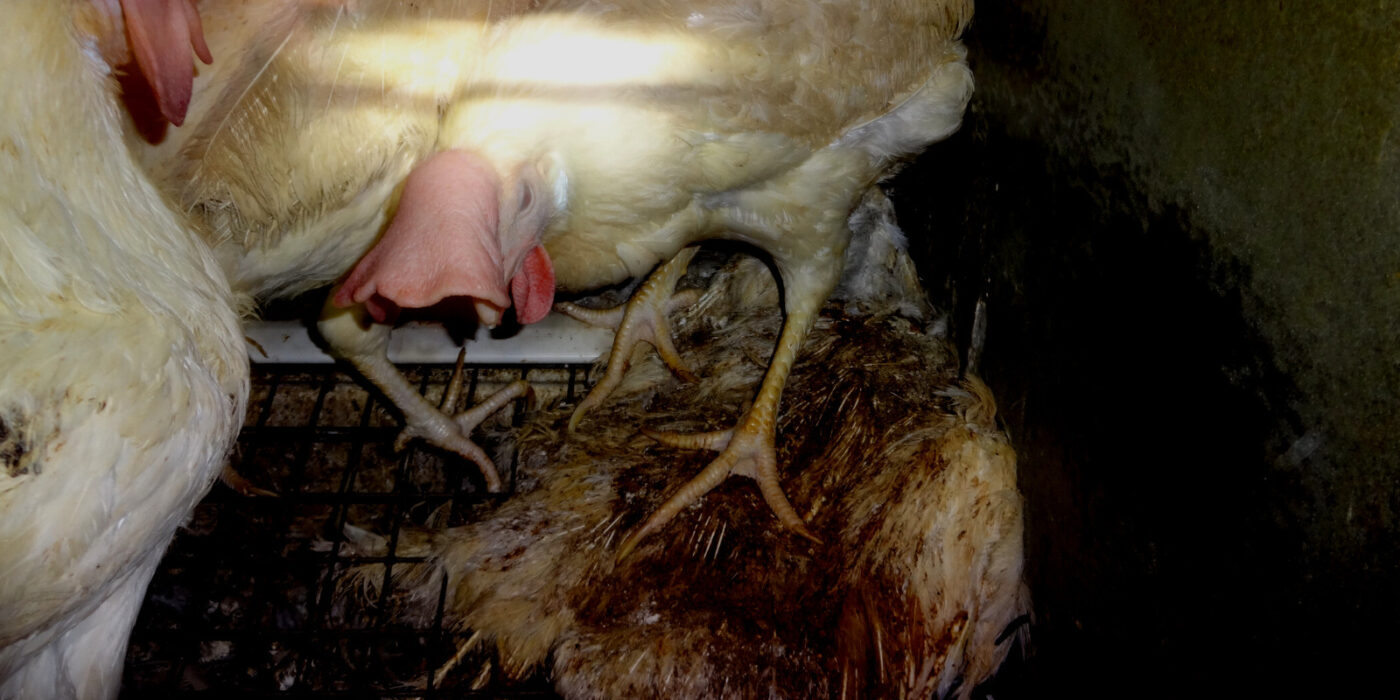
*1 https://www.researchgate.net/publication/338727061_Pathobiological_Origins_and_Evolutionary_History_of_Highly_Pathogenic_Avian_Influenza_Viruses
*2 https://www.mdpi.com/journal/viruses/special_issues/pathogenic_AIV
*3 https://www.maff.go.jp/j/syouan/douei/tori/pdf/report_2005.pdf
*4 https://pubmed.ncbi.nlm.nih.gov/33340885/ https://www.nber.org/papers/w24340
*5 https://academic.oup.com/jid/article/221/3/372/5645407 https://www.aiims.edu/aiims/bird-flu/FAQ_Bird_flu.htm
*6 https://www.sciencedirect.com/science/article/pii/S1537511022002227 https://www.ncbi.nlm.nih.gov/pmc/articles/PMC5652435/




